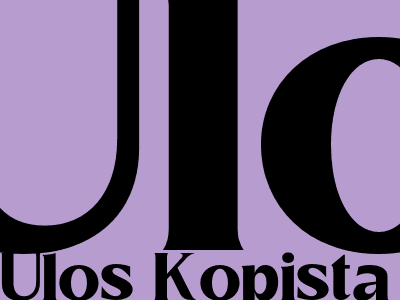
Ulos Kopista: The Enduring Symbol of Batak Identity
An Introduction to Ulos Kopista
Ulos Kopista is an intricate and vibrant fabric that holds a significant place in the cultural heritage of the Batak people of North Sumatra, Indonesia. Crafted from handspun cotton and adorned with intricate geometric patterns, this distinctive textile embodies the rich artistry and cultural traditions of the Batak community.
Historical and Cultural Significance
Ulos Kopista has been woven for centuries, with its origins tracing back to the pre-colonial era. It is believed to have originated in the highlands of Tapanuli, where the Batak people have resided for generations. Traditionally, Ulos Kopista was worn by Batak women during ceremonial occasions, such as weddings, births, and funerals, and it held great symbolic and spiritual significance.
Symbol of Identity and Prestige
Ulos Kopista is not merely a piece of fabric but a tangible representation of Batak identity. Its unique patterns and colors distinguish it from other textiles and serve as a symbol of the Batak people's cultural heritage. Wearing Ulos Kopista is a source of pride and a way to connect with one's ancestors.
Traditional Motifs and Patterns
Ulos Kopista is renowned for its intricate geometric patterns, each with its own specific meaning and symbolism. These patterns are often inspired by nature, such as the rice fields, mountains, and flora and fauna of the Batak homeland.
Common Motifs
- Harungguan: A diamond-shaped motif that represents the clan or family.
- Pagabe: A zigzag pattern that symbolizes the path of life.
- Gorga: A stylized buffalo head motif that represents strength and prosperity.
- Singkop: A repeating triangle motif that represents rice fields.
The Art of Weaving Ulos Kopista
The creation of Ulos Kopista is a time-consuming and labor-intensive process that requires great skill and patience. The cotton fibers are first spun into yarn, which is then dyed using natural dyes derived from plants and minerals. The yarns are then arranged on a backstrap loom, and the intricate patterns are created by carefully interlacing the threads.
Traditional Techniques
Traditional Ulos Kopista is woven using a backstrap loom, a simple yet effective device that allows the weaver to control the tension and create intricate patterns. The weaver sits on the ground with the loom attached to her body, using her feet to manipulate the pedals and her hands to guide the threads.
Preservation and Conservation
In recent years, there has been a growing awareness of the importance of preserving and conserving the traditional art of Ulos Kopista. The Indonesian government has designated Ulos Kopista as a national cultural heritage, and efforts are being made to promote its production and use.
Contemporary Applications
While Ulos Kopista remains a symbol of Batak identity, it has also found new applications in contemporary fashion and design. Designers are incorporating Ulos Kopista patterns into modern clothing, accessories, and home decor, creating a bridge between tradition and modernity.
Conclusion
Ulos Kopista is more than just a fabric; it is an embodiment of Batak culture, history, and artistic expression. Its intricate patterns, vibrant colors, and深いシンボリズム make it a unique and enduring symbol of Batak identity. As efforts continue to preserve and promote this traditional art form, Ulos Kopista will continue to captivate and inspire generations to come.